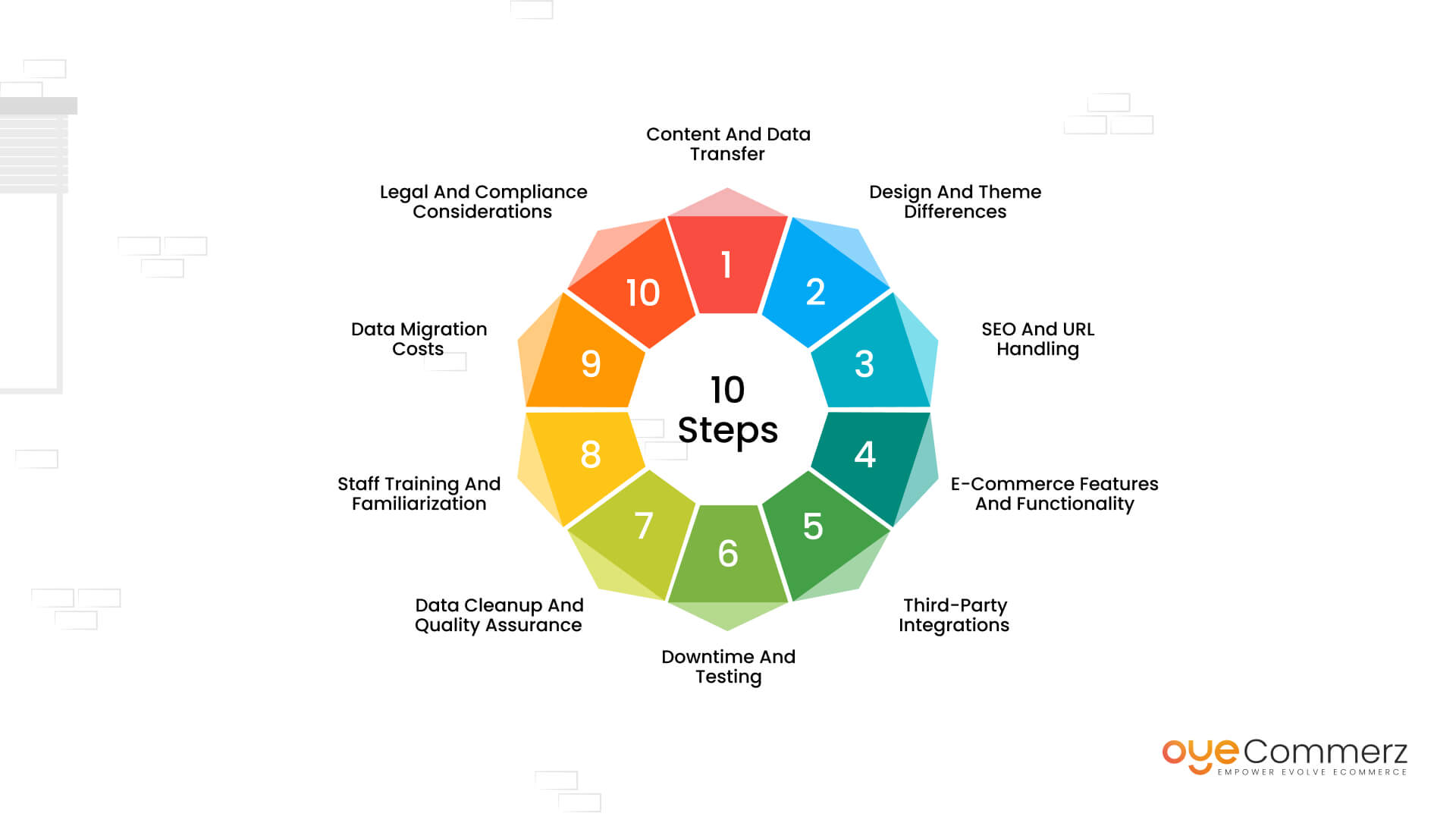Shifting from WordPress to Shopify marks an promising step toward optimizing your online store processes. As companies grow, choosing a platform that aligns with growth potential, user experience, and flexibility is essential. Shopify has emerged as a favorite for e-commerce professionals, providing unmatched flexibility, data protection, and user-friendliness. In this guide, we will delve into the transformative impact of this migration, highlight the benefits, and share actionable steps to ensure a smooth move.
1. Why Switch from WordPress to Shopify?
WordPress, paired with WooCommerce, has served countless online stores. However, as businesses expand, challenges like reliance on plugins, data risks, and complex setups often obstruct progress. Shopify, designed explicitly for e-commerce, addresses these issues with an all-in-one, user-friendly platform. Statistics supports this shift—Shopify powers over 4.4 million stores globally, with a reported 10% boost to sales conversion rates for many businesses after migration.
2. Shopify's Advantages for Thriving Online Stores
Shopify’s robust ecosystem is tailored for expanding businesses. Its standout benefits are:
- Effortless Design Flexibility: Shopify offers over 80 professionally designed themes.
- Built-in Features: Features like Shopify Payments and integrated SEO save time and effort.
- Global Reach: Multi-currency support and localization features empower brands to expand internationally.
Additionally, Shopify boasts an availability percentage of 99.98%, ensuring your store remains accessible.
3. Preparing for WordPress to Shopify Migration
Before migrating, evaluate your existing setup. Review inventory details, client information, and search engine rankings. Resources such as Shopify’s Migration Kit or third-party solutions help ease the transition. Develop a detailed strategy, ensuring all resources—product descriptions, media files, and blog content—are ready for seamless import.
4. Data Migration: A Critical Step
Data migration forms the foundation for a successful platform switch. When moving from WordPress to Shopify, prioritize:
- Product Information: SKU, item summaries, and categories.
- Customer Data: Emails, purchase records, and preferences.
- SEO Optimization: Retain meta tags, URLs, and redirects to avoid SEO losses.
Leverage tools such as LitExtension to streamline data transfer while reducing mistakes.
5. Customizing Your Shopify Store
After the move, personalizing your Shopify store ensures it reflects your brand. Take advantage of Shopify’s drag-and-drop editor to create layouts with ease. Shopify's templates are mobile-responsive, ensuring a seamless UX across devices—a critical factor, since 74% of e-commerce traffic is generated by mobile users.
6. How to Protect Your SEO Rankings When Switching Platforms
Search engine optimization is crucial for preserving your visibility during migration. Shopify is highly optimized for search engines with organized link formatting, preloaded features, and smooth content management. Make sure you:
- Implement 301 redirects for old URLs.
- Optimize new pages with targeted phrases.
- Use Shopify's apps Plug in SEO to track analytics after the switch.
7. Post-Migration Testing
After finishing the transfer, conduct thorough testing.
Check: - Page load times (Shopify boasts faster speeds compared to WP).
- Payment integration reliability and checkout processes.
- Mobile responsiveness.
Quality assurance guarantees your store delivers a seamless shopping experience from the start.
8. Real-Life Success Story
One such migration success story is Gymshark, a fitness apparel brand that moved to Shopify. After the switch, the company experienced a 60% boost in mobile sales and reduced site downtime. This showcases the capabilities of Shopify in driving e-commerce growth.
9. Overcoming Common Migration Issues
Migration comes Shopify for small businesses with challenges, such as data integrity and adjusting tailored features. However, Shopify’s robust support and third-party experts make overcoming these hurdles manageable. Partnering with qualified Shopify developers ensures a trouble-free transition.
10. Starting Your Journey with Shopify
Switching from WP to Shopify marks a forward-thinking approach to online retail. By addressing scalability, simplifying management, and enhancing the customer experience, Shopify empowers businesses to succeed in challenging industries.
Conclusion
Switching from WP to Shopify is a strategic move that can significantly boost your online business performance. With a robust migration plan, the right tools, and professional guidance, you can achieve new growth opportunities.
Ready to make the leap? Reach out today to learn how our Shopify migration services can transform your online E-commerce re-platforming store. Contact us now, or ask yourself: Is it time to seize Shopify’s advantages for your store?
